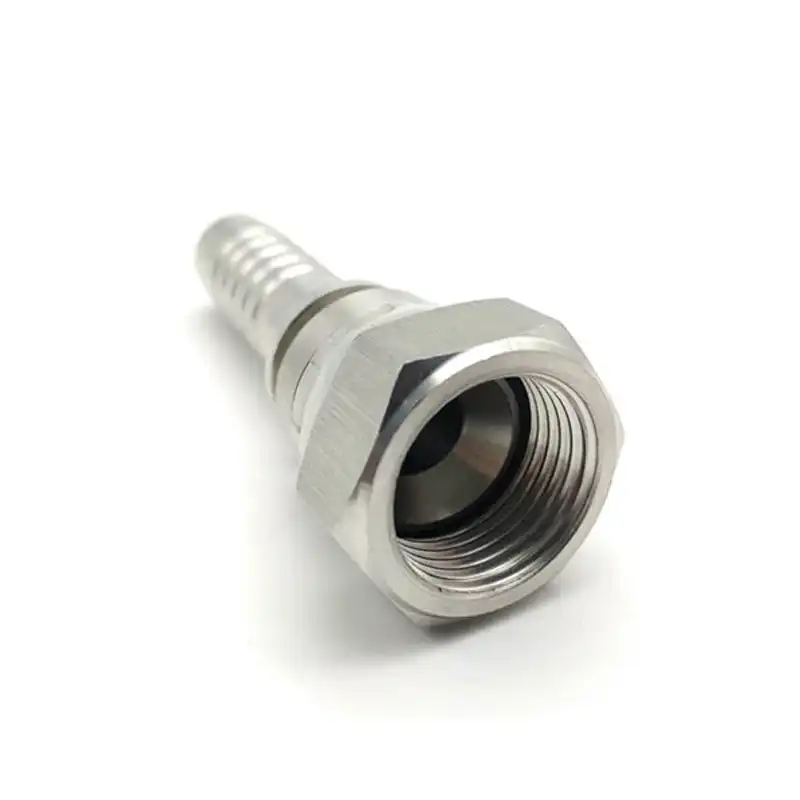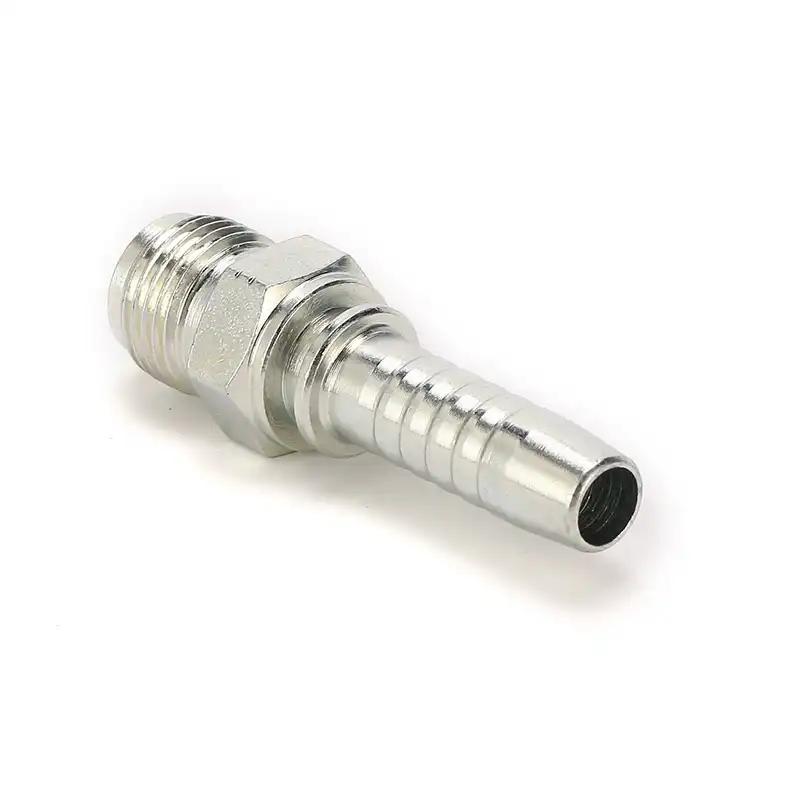Female hydraulic hose fittings are essential components for building dependable connections within your hydraulic systems. They provide a secure and leak-proof interface between hoses and other system elements, ensuring proper fluid flow and optimal system performance.
Secure Female Connections – Engineered to provide tight, leak-proof connections between hoses and male counterparts, ensuring reliable and safe hydraulic system performance.
Durable Construction – Made from high-quality metals and alloys, offering long-lasting strength, wear resistance, and corrosion protection in industrial and mobile applications.
Wide Compatibility – Suitable for various hydraulic hoses and equipment, ensuring seamless integration and reliable performance across diverse hydraulic systems.
Easy Installation – Designed for straightforward assembly with standard tools, saving time and labor while ensuring secure, dependable connections.
Female hydraulic hose fittings, often overshadowed by their male counterparts, play a critical role in ensuring the smooth operation and reliability of your hydraulic systems. These fittings act as the connecting point between hydraulic hoses and various system components, providing a secure seal to prevent leaks and maintain proper fluid flow.

Function: Provides a threaded receptacle for the male fitting.
Design: Features a threaded inner diameter to accept the male counterpart’s nipple or barb.
Benefits:

Function: Provides a threaded nipple or barb that inserts into the female fitting.
Design: Features a threaded outer diameter (nipple) or a tapered end with barbs for gripping the hose.
Benefits:
A female hose fitting looks like a wider fitting at the end of the hose with an internal thread designed to accept a male fitting’s threaded nipple.
Characteristics of a female hose fitting:
By identifying these features, you can easily distinguish a female hydraulic hose fitting from its male counterpart.
The key difference between male and female hydraulic hose fittings lies in their design and how they connect to form a sealed passage for hydraulic fluid. Here’s a breakdown:
Male Hydraulic Fitting:
Female Hydraulic Fitting:
Analogy: Imagine a standard electrical plug and socket. The male hydraulic fitting is like the plug, with its external threads or barbs designed to insert into something. The female hydraulic fitting is like the socket, with its internal threads or cavity designed to receive a plug.
Working Together:
When connected properly, the threads or barbs on the male fitting create a tight seal with the female fitting. This tight seal prevents leaks and ensures the pressurized fluid flows smoothly within the hydraulic system.
Choosing the Right Fit:
Both male and female hydraulic fittings need to be compatible for a successful connection. Here’s what to consider when selecting them:
By understanding these key differences and selection criteria, you can ensure that your male and female hydraulic hose fittings work together seamlessly to create a reliable and leak-free connection in your hydraulic system.
You can identify whether a hydraulic hose is male or female by examining the fitting attached to the hose end. Here’s how:
Male Hydraulic Hose:
Female Hydraulic Hose:
Here are some additional tips:
Remember: It’s the fitting on the hose, not the hose itself, that determines whether it’s male or female. The hose itself simply connects to the fitting.